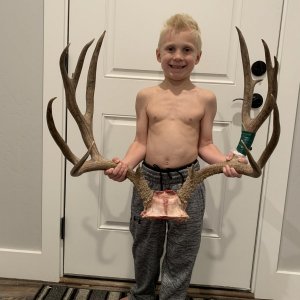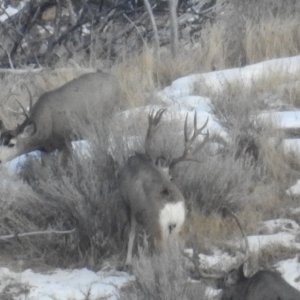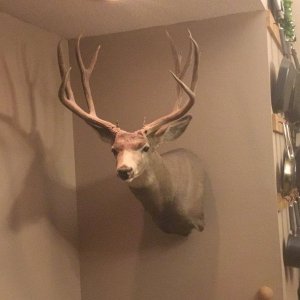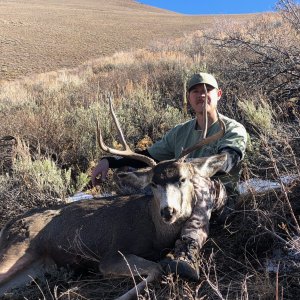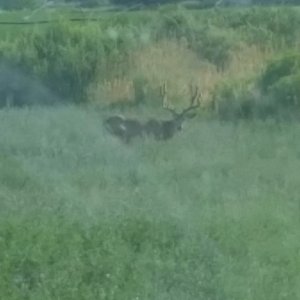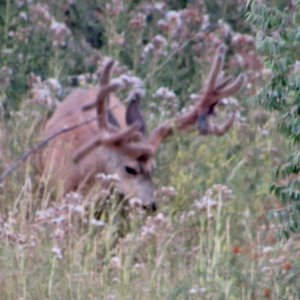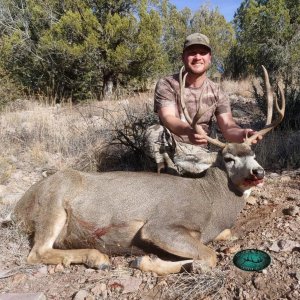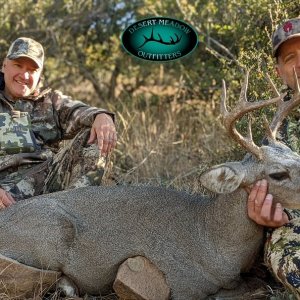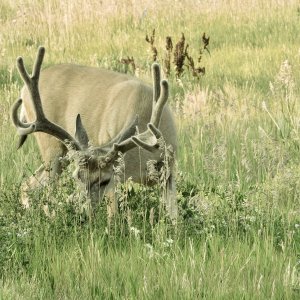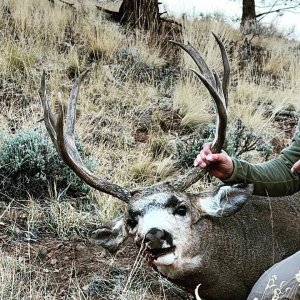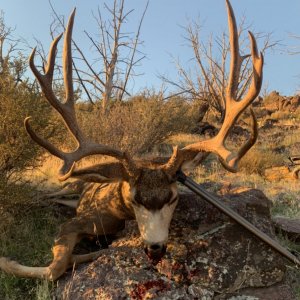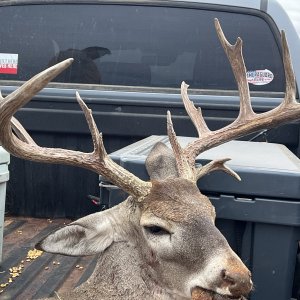so here's my question. i was out scouting this weekend and i usually hunt in a general deer area in s.e. washington state not at all known for big mule deer. lots of deer, just not big ones. there are muleys and whitetails together. i was wandering around seeing what there was to see and the usual appeared...some smaller bucks, a bunch of does, most with fawns when suddenly i came upon 5 muley bucks bedded under a tree. bearing in mind, please, that my idea of a big mule deer is different than most of yours because i grew up on the east cost, mule deer are all new to me, these guys were huge(by my standards) there was a 4x4 with eye guards that was out to his ears in width, then 3 other 3x3's with eyeguards, then there was this big rack that i kept trying to see from the side. finally i did, and he was a 2x3, no eye guards. noticeably taller than all the others, not as wide as the 4x4 but close. my question is, whats his problem?
there is a creek with year round water 1/4 mile away from where i saw them, they were bedded next to a crp field and otherwise surrounded by wheat fields on all sides. so assuming good food and water source, i think poor genetics?? off base or on base?? or old deer declining? i don't know. what i do know is that in my limited mule deer hunting, i've never seen anything that big.


